
Bunyip Adventure” is a conventional text adventure that is set in outback Australia. The top half of the screen displays your current static position. The bottom half logs dynamic events. The aim is to catch the Bunyip, a creature for Australian Aboriginal mythology that lives in the still water of a billabong. The game features a host of other references to Australian flora, fauna and folklore:

“Carriers at War 1941-1945: Fleet Carrier Operations in the Pacific” is a war simulation (wargame). In the game, you take on the role of the task force commander in the Pacific theatre, during World War II. In the six simulated conflicts, you can play as both the U.S. and the Japanese Empire. Included scenarios are Pearl Harbor, Coral Sea, Midway, Eastern Solomons, Santa Cruz and Philippine Sea.
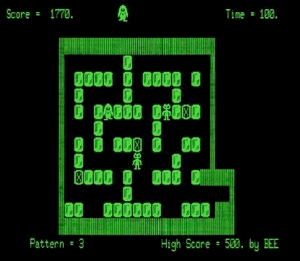
Passfield was in year 9 at school and spent his time playing “Pengo”at the tiny local arcade. He loved playing the game but it cost 20c a play so he thought he would have a go writing a version that he could play for free on the Microbee at home. He spent weeks programming it getting it working just right. It was not an exact copy of the arcade game as he changed the levels about and added his own embellishments to the gameplay.
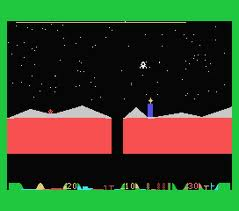
“City Lander” is an arcade action game. To score points, you have to land the spacecraft in the underground city on landing pads.
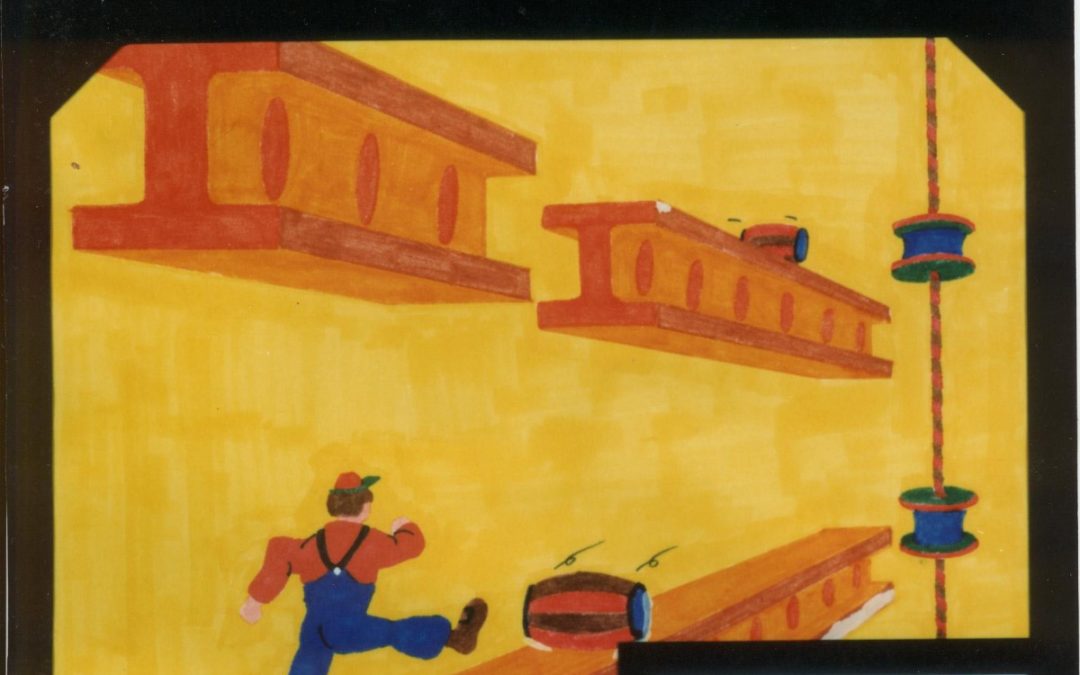
“Dinky Kong” is a “Donkey Kong” clone, written by Mark Sibly during his school days. It has 10 Levels, all in 3.5KB. Sibly did the cover artwork using Letraset, and his father got copies of the cover art printed, to go inside the plastic bag.

“Angry Angelo has raided Antonio’s Donut Factory sending the entire complex amuck! Donuts have come alive and are jumping around in wild frenzies. Machines have gone out of control throwing cooking fat, dough and icing sugar everywhere. You must help poor Antonio climb ladders, jump platforms and ride elevators to reach the top floor and shut down the factory’s power generator which will restore law and order.”
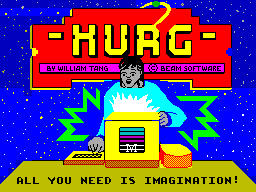
“H.U.R.G., High-Level User-Friendly Real-Time Games Designer”, is a program that enables you to create games. It is a menu-driven program, which was relatively new at that time, and it enables people with little or no programming knowledge to make their own games.
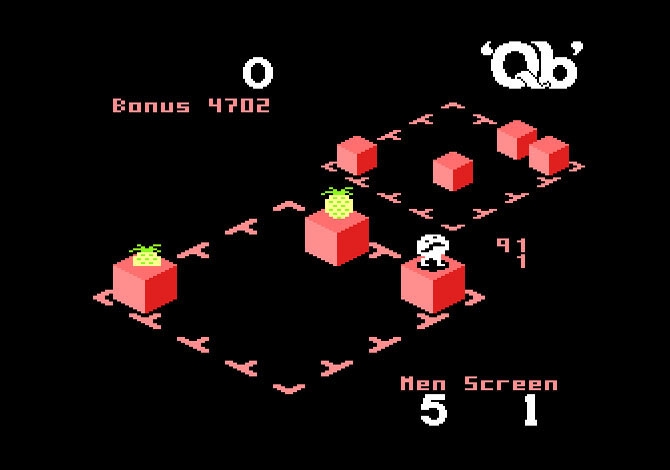
The goal of the game is simple: you slide blocks into a pattern, as shown in the upper right-hand corner of the screen. You can only move the blocks you are standing on, and you can only jump onto other blocks that you are directly next to. Fruit will appear as bonuses, and monsters will try to kill you or slide the blocks around, slowing your progress.
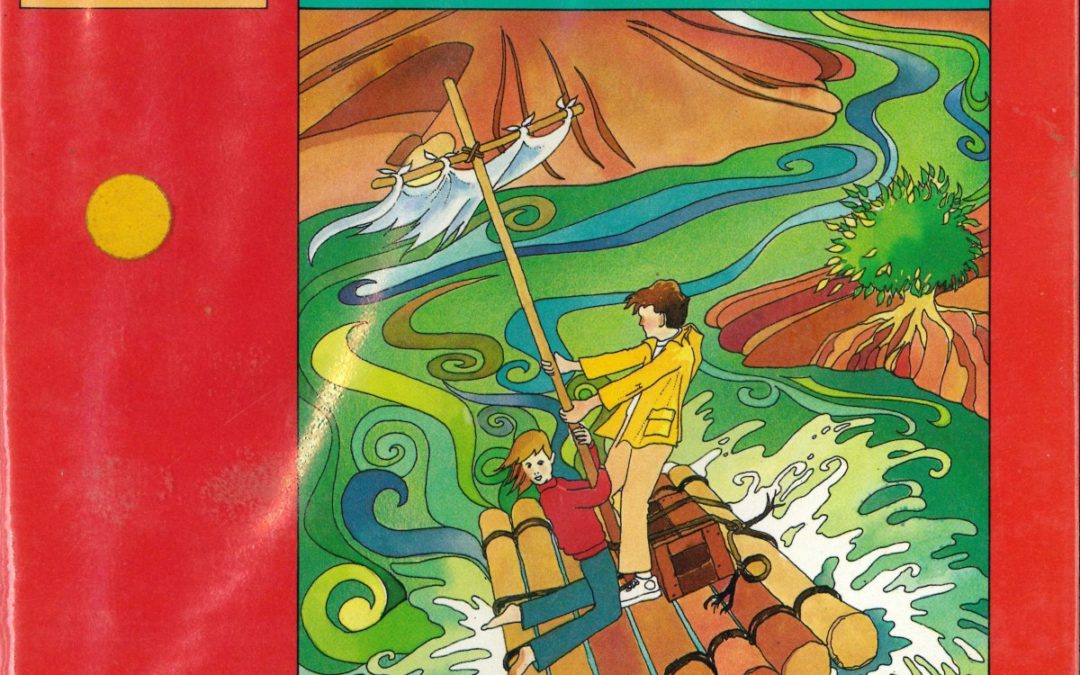
“Raft-Away River” is an adventure simulation game for two to six players. It is designed to encourage the social skills of effective communication, co-operative behaviour, and problem solving as a group. It also stimulates reading, comprehension and the interpretation of pictorial information.
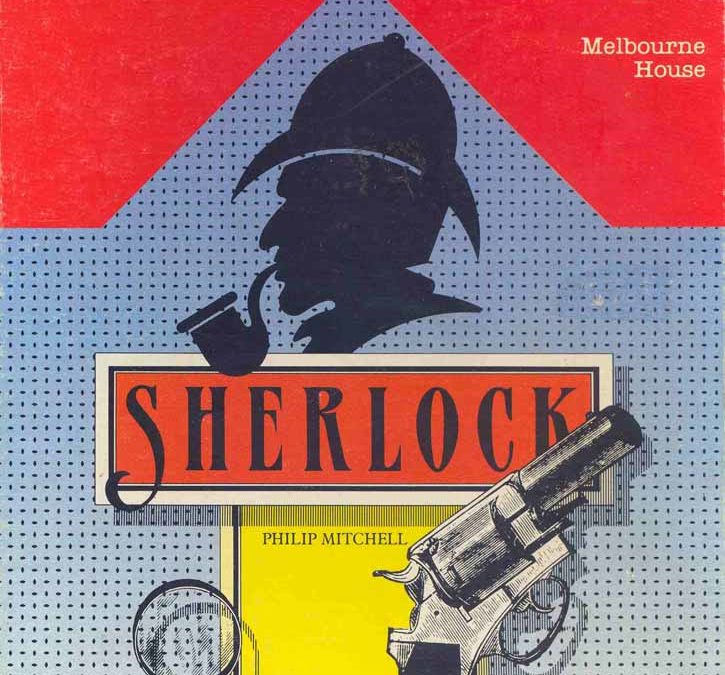
“Sherlock” is a 1984 text adventure developed by Philip Mitchell and Beam Software. It was published by Melbourne House. The game is based on the famous Sir Arthur Conan Doyle books featuring the super sleuth Sherlock Holmes, fiction’s most famous detective. You take the role of Holmes, assisted by Dr. Watson.
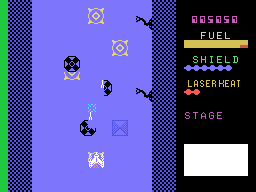
“Vortex Blaster” is a shoot ’em up game with speech. It is one of only two Sega SC-3000 games to feature digitised speech.











